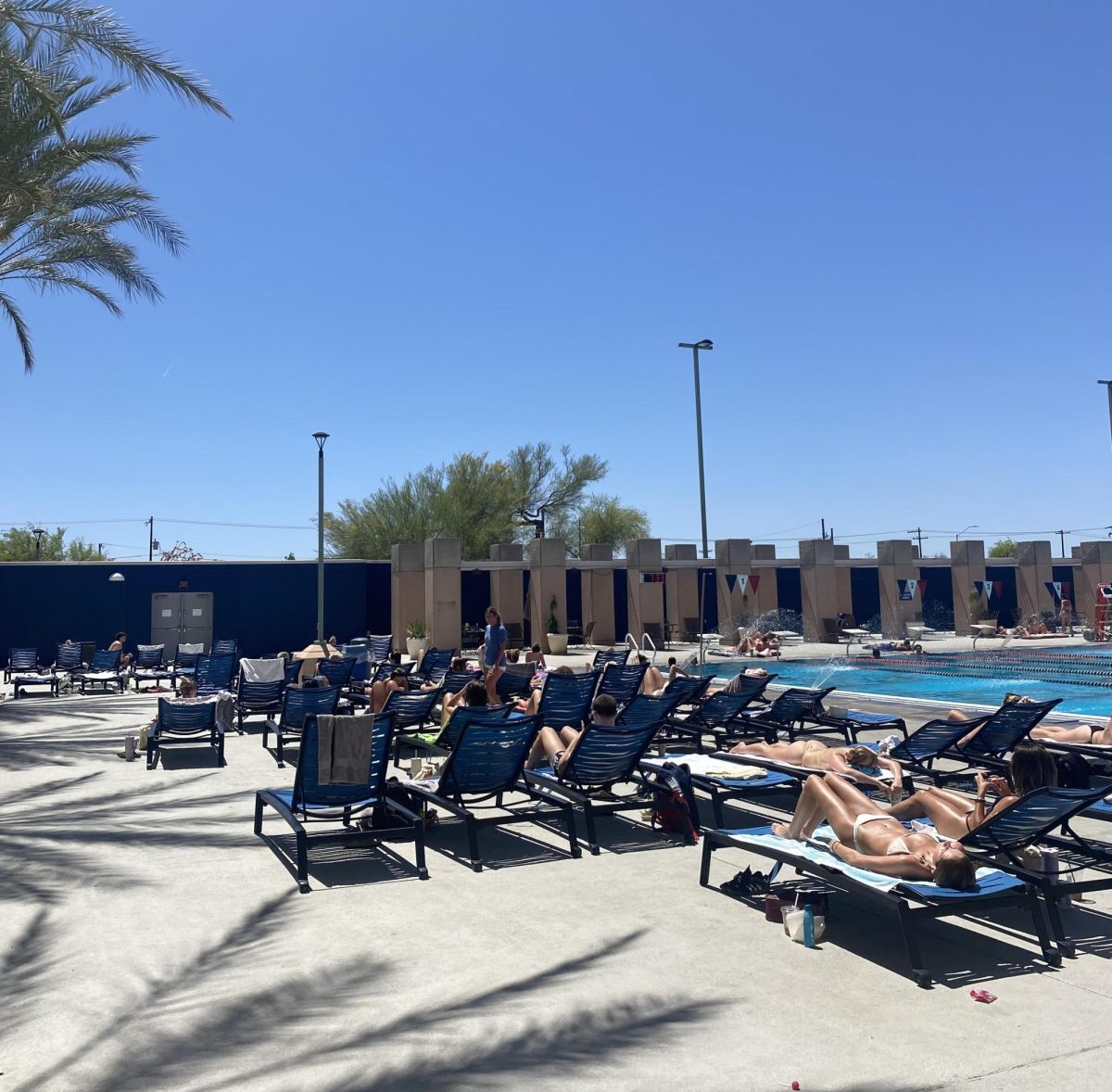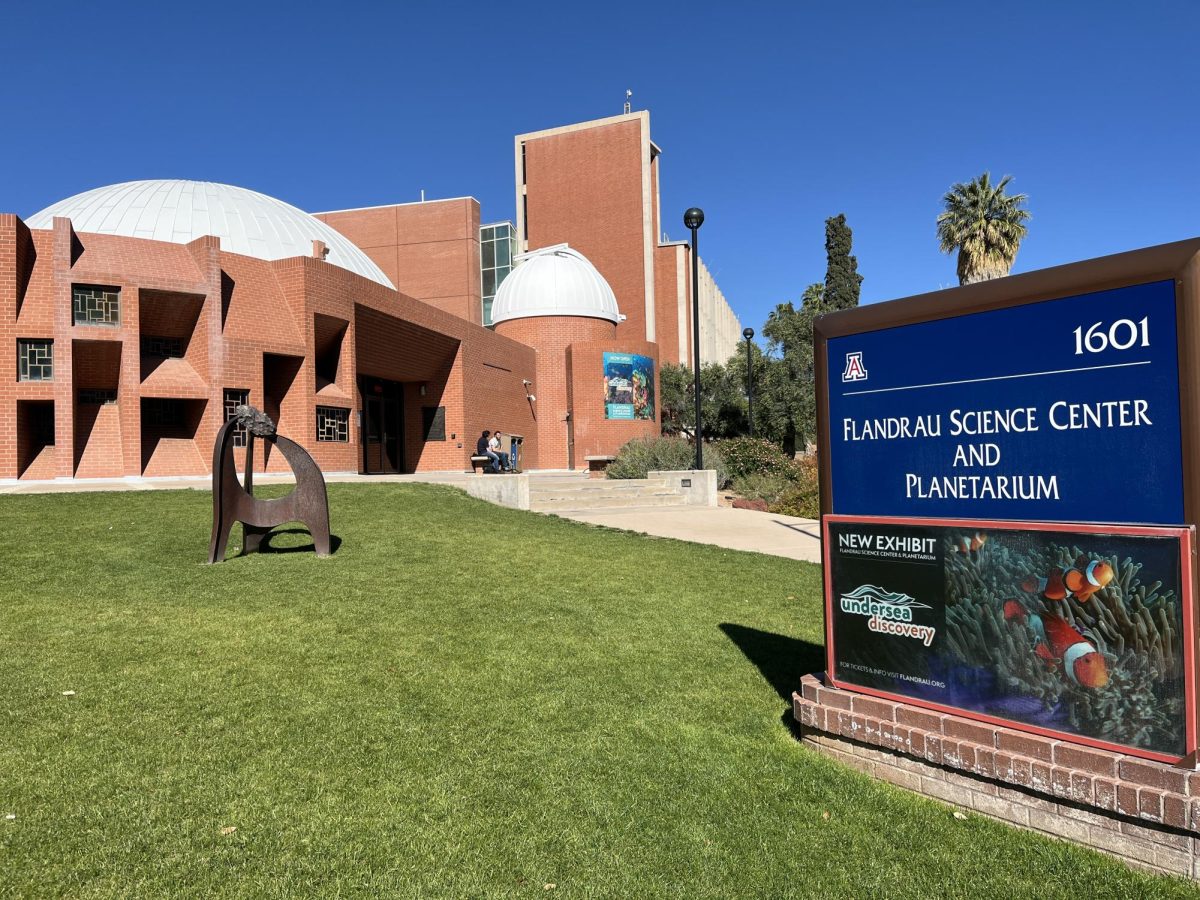 Though it began more than 20 years ago as the pet project of two amateur scientists and at one time was run as a bed and breakfast, the San Pedro Valley Observatory just outside Benson has grown into an attraction that draws visitors from all around the world.
Though it began more than 20 years ago as the pet project of two amateur scientists and at one time was run as a bed and breakfast, the San Pedro Valley Observatory just outside Benson has grown into an attraction that draws visitors from all around the world.
Unlike other observatories, there are no crowds or guided tours.
“We do a personalized observing program,” said astrophotographer Dean Salman, who teaches several astronomy classes at the observatory. “We keep our groups down to only four people at a time, who work with only one astronomer. It’s a one-on-one observing session, unlike other programs where you have 60-70 people.”
The observatory began in the Tucson home of Dr. Eduardo Vega, a pathologist who dabbled in astronomy. Vega started with a small collection of telescopes, said Art Nagel, the manager of today’s observatory.
When Vega ran out of space in his home for the telescopes he’d obtained, Dr. Max Bray, an optician and an optics expert, helped him find a solution. Together, they opened Vega-Bray Observatory in 1989.
For eight years, the observatory offered bed and breakfast to visitors. After both founders passed away, the observatory was sold to developers and entered a hiatus.
“The place was too much to handle for Dr. Vega’s wife, so she sold it,” Nagel said. “For awhile, developers attempted to use the land for housing development. Then the economy tanked, and it was left untouched.”
The observatory reopened in September under new ownership and with Nagel as manager. The name was changed to San Pedro Valley Observatory.
Although the bed and breakfast element has disappeared, the observatory staff remains committed to offering the same intimate atmosphere. Astronomers ask patrons what they want to see in the sky and guide them through the various telescopes amassed over two decades.
“We take a laser pointer, point out the constellations and tell them about the sky, then we look through the telescope and explain what they’re actually looking at,” Salman said.

The observatory caters to an international clientele.
Visitors can view distant nebulae through an 8-inch CCD narrowband telescope equipped to block distracting “sky glow.” They can choose to explore the surface of the sun with the observatory’s solar telescope, designed to study solar flares, or use its two photography telescopes remotely to study celestial bodies over the Internet.
The observatory’s largest, most powerful stargazing tool is a 20-inch, open-air telescope housed in its own room under a retractable domed ceiling, capable of giving glimpses of galaxies 400-500 million light years away.
Nagel said he hopes the observatory will also serve as a place for public education. The planetarium doubles as a classroom, offering seminars and workshops on topics such as astrophotography and the cycles of the sun. School field trips are welcome.
The San Pedro Valley Observatory is located at 1311 S. Astronomers Road in Benson. Phone numbers are 1-888-455-6934 or 520-226-3227.









